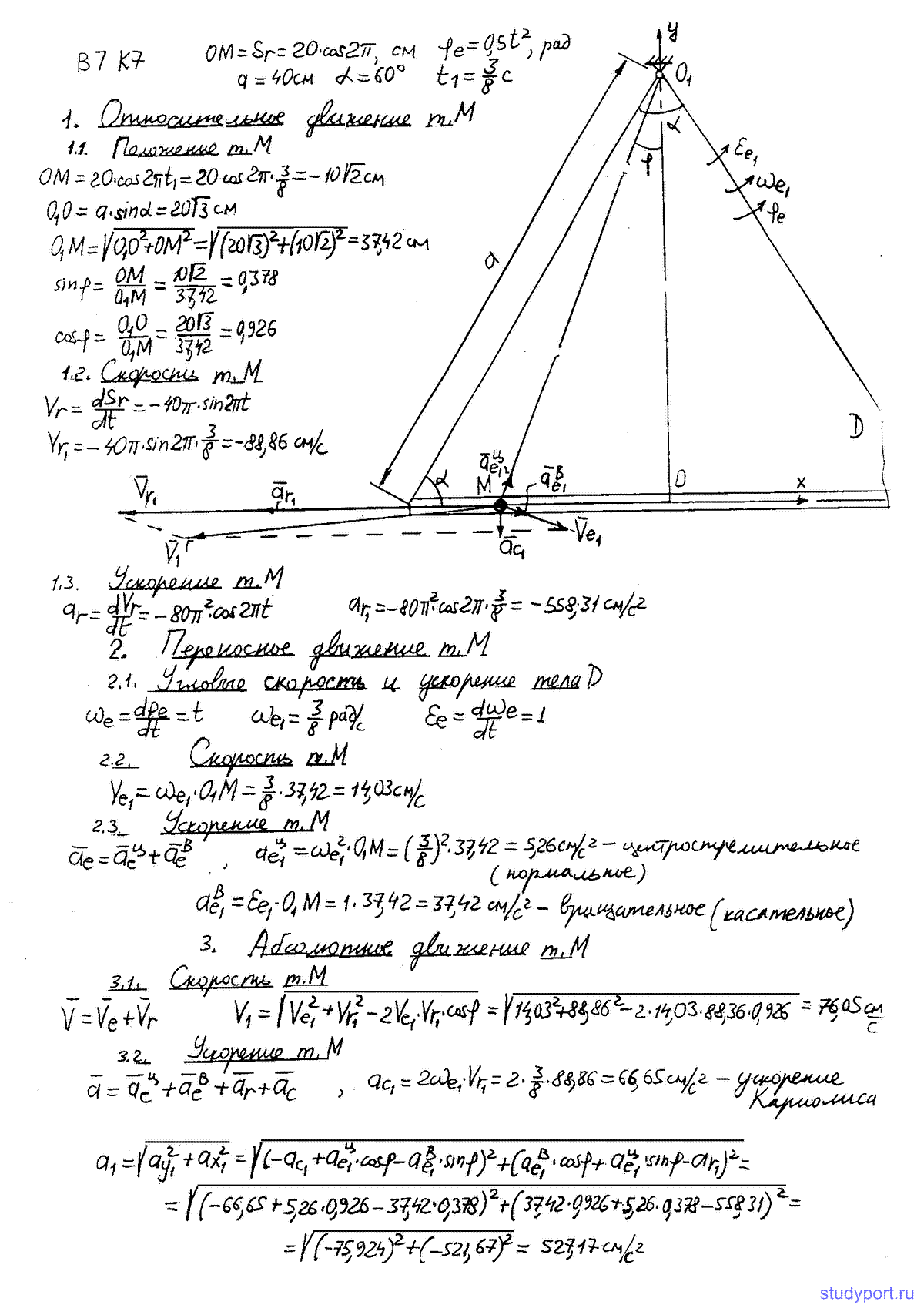
Reshebnik Po Teoreticheskoj Mehanike Dievskij Malisheva
Rešeni ispitni zadaci iz MEHANIKE I (Statika i Otpornost materijala). Books Mechanics View Item; Login Rešeni ispitni zadaci iz MEHANIKE I (Statika i Otpornost materijala) Show full item record. Title: Rešeni ispitni zadaci iz MEHANIKE I (Statika i Otpornost.
Traditional Construction Methods: CONCRETING CONCRETING Placing Concrete The main objective in placing is to deposit the concrete as close as possible to its final position as quickly and efficiently as you can, so that segregation is avoided and it can be fully compacted. Concrete can be transported by a variety of different methods ranging from wheelbarrows, dumpers and ready-mix trucks to skips and pumps, and though it is obviously desirable to place the concrete directly into position this is not always possible: for example, it will seldom be practical to discharge from a dumper or ready-mix truck directly into the top of a column or wall. Concreting using skip and crane Concrete pump for placing concrete Concreting Someone experienced in the construction of formwork, preferably a tradesman, should always be standing by when the concrete is being placed. He should have a supply of suitable materials such as props, bolts etc.
To handle dangerous situations. Grout loss is an indication that joints were not tight or some movements has occurred during placing. The vibrations transmitted to the formwork can loosen wedges and fixings so a close watch on all fastenings is necessary to avoid loosening.
Before founding the company, Katoh ran a nightclub. The company's first product, released in 1963, was an electro-mechanical rhythm device called the Disc Rotary Electric Auto Rhythm machine, Donca matic DA-20. Osanai, a graduate and noted accordionist, regularly performed at Katoh's club accompanied by a Sideman rhythm machine. Unsatisfied with the rhythm machine, Osanai convinced Katoh to finance his efforts to build a better one.  The name 'Donca' was an onomatopoeic reference to the sound the rhythm machine made.
The name 'Donca' was an onomatopoeic reference to the sound the rhythm machine made.
Similarly, wedges should be regularly checked and tightened. All split concrete or grout leakage should be cleaned or diluted with spray water immediately after concreting to make striking and cleaning easier especially with steel formwork. Remove timber spreaders which were used to hold formwork apart as concreting proceeds. Check cracking, excessive deflection, level and plumb, and any movement. Concrete should be deposited at, or as near as possible to, its final position.
The concrete should be placed in uniform layers. Avoid placing it in large heaps or sloping layers because there is always a danger of segregation, especially with mixes tending to be uncohesive. In walls and columns no layer should be more than about 450 mm thick. With layers thicker than 450 mm, the weight of concrete on top makes it almost impossible-even with vibration-to get the air out from the bottom of the layer.
In thin slabs compacted by a vibrating beam, restrict the layers to 150-200 mm. With greater thickness, vibrators have to be used. Place the concrete as quickly as possible. Tfile ru bistrij torrent. But not faster than the compacting method and equipment can cope with.
Where a good finish is required on columns and walls, fill the forms at a rate greater than 2 metres height per hour. Also avoid delays and interruptions because these will cause colour variations on the surface. Make sure that each layer of concrete has been fully compacted before placing the next one, and that each new layer is placed while the underlying layer is still responsive to vibration. This will make the layers 'knits' together. Avoid the formation of cold joints. Good planning is necessary, particularly with large pours. In columns and walls, the placing must be done in such a way that the concrete does not strike the face of the formwork; similarly, avoid heavy impact against reinforcement, as the force could displace it.
Always make sure that the concrete can be seen as it is being deposited. Compacting Concrete: Theory After concrete has been mixed, transported and placed, it contains entrapped air in the form or voids.